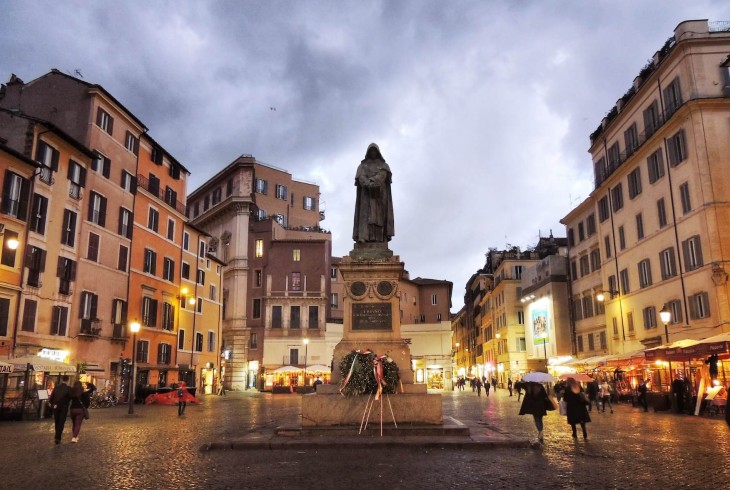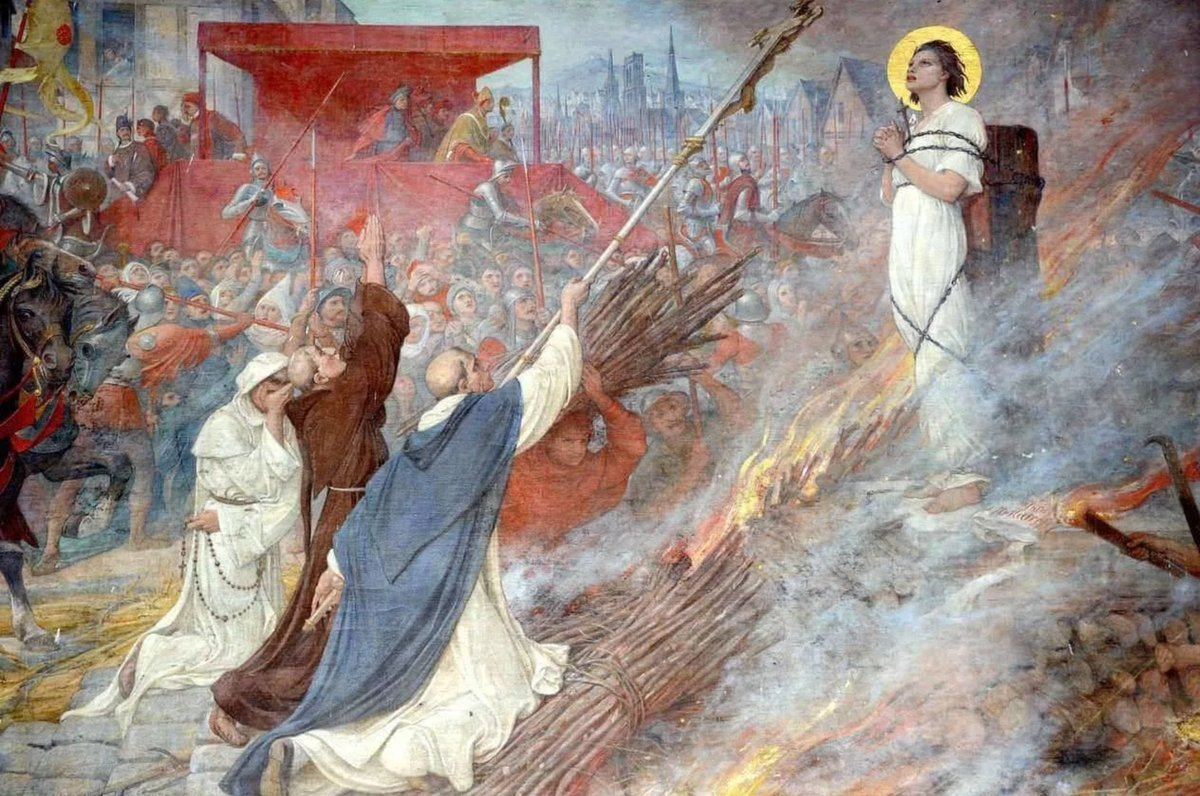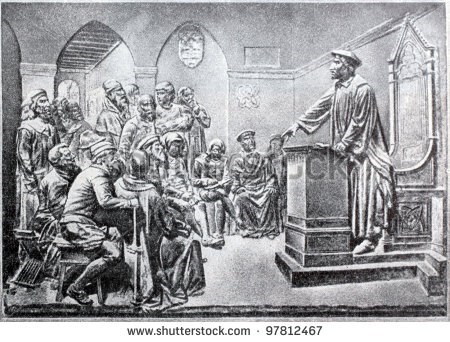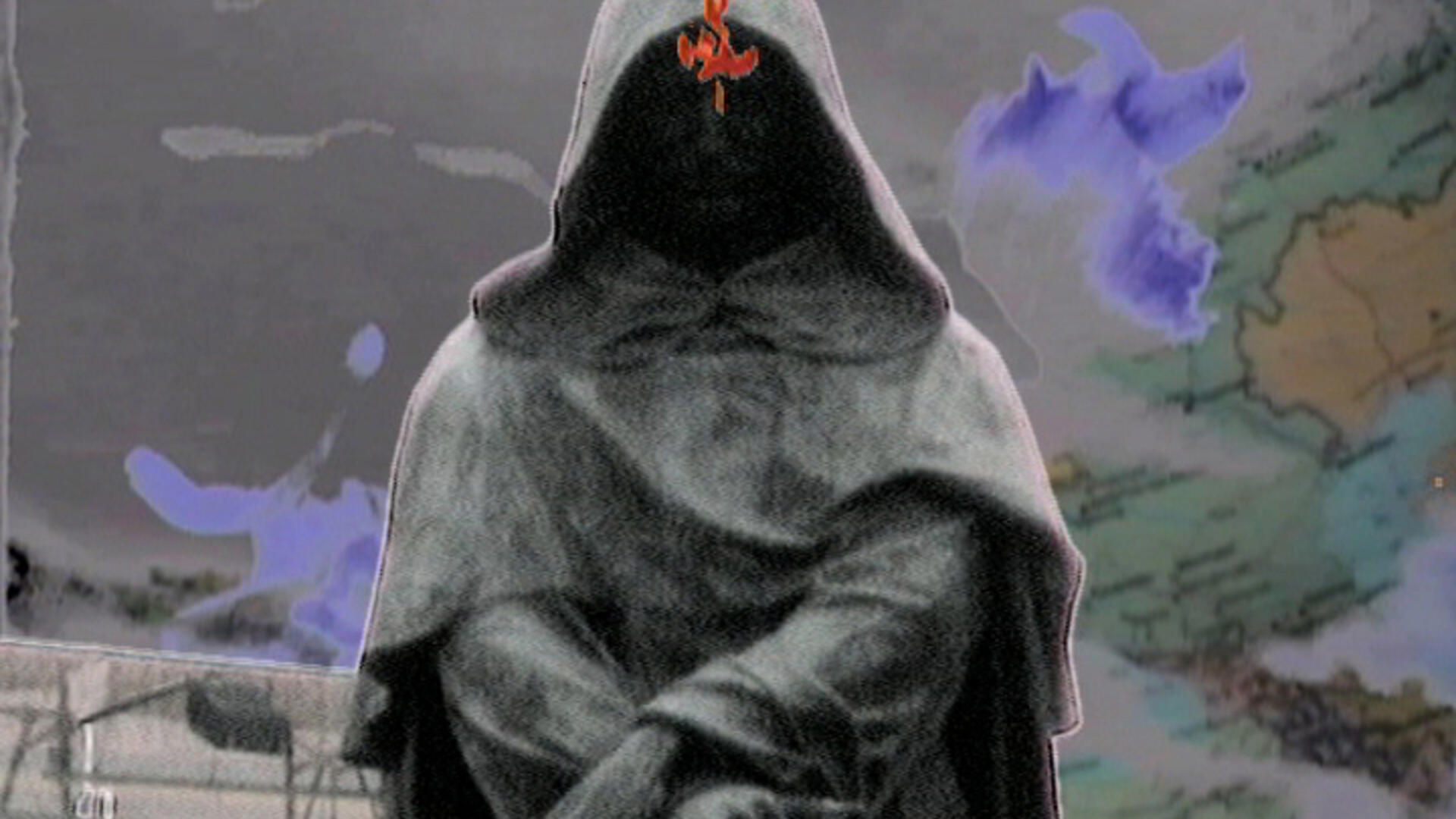Giordano Bruno, a pioneering philosopher and astronomer of the Renaissance era, met a fiery end at the hands of the Roman Inquisition in 1600. The enduring question of why was Giordano Bruno burned alive stems from his unyielding pursuit of knowledge that clashed with the dominant religious and philosophical doctrines of his time. This article delves into the intricate web of historical events, intellectual conflicts, and societal pressures that culminated in his execution, offering a comprehensive exploration of a man whose ideas were centuries ahead of their time.
Historical Context of the Renaissance and Inquisition

The Renaissance period was a transformative epoch marked by a revival of classical learning, artistic innovation, and scientific inquiry, yet it was also fraught with religious turmoil and institutional resistance. This era saw the Church grappling with the spread of Protestantism and the emergence of new ideas that challenged long-held beliefs. Giordano Bruno’s fate was deeply intertwined with these dynamics, as the Inquisition served as a tool to suppress dissent and maintain doctrinal purity. Understanding this backdrop is crucial to comprehending why Bruno’s life ended in flames, as it reveals how intellectual freedom was often sacrificed in the name of orthodoxy.
The Renaissance and Scientific Revolution
The Renaissance, spanning the 14th to 17th centuries, was characterized by a humanistic approach that emphasized individual potential and empirical observation. This shift encouraged thinkers to question ancient authorities like Aristotle and Ptolemy, paving the way for the Scientific Revolution. For instance, Nicolaus Copernicus’s heliocentric model, published in 1543, proposed that the Earth revolved around the Sun, directly challenging the geocentric view endorsed by the Catholic Church. This idea was not just a scientific hypothesis but a theological provocation, suggesting a universe less centered on human significance and divine order as interpreted by religious leaders.
Bruno, influenced by such developments, expanded on Copernican theory by arguing for an infinite universe with countless worlds, a concept that terrified authorities. His ideas were part of a broader movement where figures like Galileo Galilei later faced similar scrutiny, though Bruno’s case was more severe due to his outspoken criticism and refusal to conform. The Scientific Revolution thus represented a double-edged sword: it fostered innovation but also incited fear among those who saw it as eroding the foundations of faith. In Bruno’s time, this tension was exacerbated by the Church’s efforts to combat the Reformation, making any deviation from orthodoxy a potential act of heresy.
Moreover, the printing press, invented by Johannes Gutenberg in the mid-15th century, amplified the spread of controversial ideas. Books and pamphlets circulated ideas rapidly, allowing Bruno to disseminate his thoughts across Europe despite his nomadic lifestyle. This technological advancement democratized knowledge but also made it harder for the Inquisition to control narratives, contributing to an environment where Bruno’s bold assertions could gain traction and ultimately lead to his downfall. The Renaissance, therefore, was not merely a golden age of culture but a battleground for ideas, where Bruno’s advocacy for a more expansive cosmology positioned him as a dangerous radical.
The Catholic Church and Heresy
The Catholic Church in the 16th century wielded immense power, using institutions like the Inquisition to root out heresy and maintain unity amid the fracturing caused by the Protestant Reformation. Established in 1542 as part of the Counter-Reformation, the Roman Inquisition was specifically designed to investigate and punish those who deviated from Catholic teachings, often with brutal efficiency. Heresy was not defined solely by direct denial of faith but by any idea that could undermine Church authority, such as Bruno’s pantheistic views that blurred the lines between God and the natural world.
This period saw numerous trials, with figures like the reformer Jan Hus burned at the stake in 1415 for similar challenges to ecclesiastical power. The Church’s response to dissent was systematic, involving torture, imprisonment, and public executions to deter others. Bruno’s case exemplified how the Inquisition targeted not just theological errors but intellectual threats that could inspire broader rebellion. His insistence on the infinity of the universe and the transmigration of souls was seen as incompatible with Christian doctrine, which emphasized a finite creation and the uniqueness of human salvation.
The Life and Philosophy of Giordano Bruno
Giordano Bruno was not only a philosopher but also a poet, cosmologist, and controversial figure whose life embodied the struggle between the quest for knowledge and the constraints of dogma. His thoughts and teachings were revolutionary for his time, intertwining metaphysics with scientific inquiry. To understand why Giordano Bruno was burned alive, one must explore his personal journey, philosophical beliefs, and how they laid the groundwork for his eventual conflict with the Church.
Early Life and Education
Born in 1548 in Nola, Italy, Bruno’s early life was steeped in the prevailing religious environment of the time. He joined the Dominican Order at a young age, which provided him with foundational theological education yet also confined him within the doctrinal boundaries set by the Church. His studies included works by prominent philosophers and scientists, but it was the humanist revival that truly sparked his radical thinking.
Despite his early training in theology, Bruno became increasingly disillusioned with rigid ecclesiastical doctrines. His inquisitive spirit led him to question the Church’s teachings on numerous fronts, including the nature of God, the universe, and humanity’s place within it. This intellectual curiosity ultimately compelled him to abandon the Order and embark on a tumultuous journey across Europe, where he sought refuge among various intellectual circles.
Bruno’s travels allowed him to immerse himself in diverse philosophies, from Hermeticism to Neoplatonism, enriching his worldview and further distancing him from conventional Christianity. He assimilated ideas that emphasized an infinite cosmos, which contradicted the geocentric perspective upheld by the Church. Through this exploration, Bruno laid the conceptual foundation that would later label him as a heretic.
Philosophical Tenets: Pantheism and the Infinite Universe
Bruno’s philosophical contributions were profoundly influential, particularly his concept of pantheism, which posited that God and the universe were inseparable. Unlike traditional Christian doctrine, which viewed God as a transcendent being separate from creation, Bruno argued that divinity permeated all aspects of existence. This radical notion directly challenged the hierarchical structure of the Church, which sought to maintain a clear demarcation between the divine and the material world.
In addition to pantheism, Bruno proposed an infinite universe filled with countless worlds, each potentially harboring intelligent life. He asserted that the cosmos was boundless, a reflection of the infinite nature of God. This idea was not just a mere abstract thought; it held profound implications for humanity’s understanding of its significance in the grand scope of existence. Rather than being the center of creation, humans were merely one part of a vast, interconnected reality.
This vision of an expansive universe threatened the authority of the Church, which relied on the notion of Earthly centrality to reinforce its theological claims. Bruno’s audacity in promoting such views indicated a deep commitment to intellectual freedom, even in the face of potential persecution. He believed that the pursuit of truth should not be stifled by fear of retribution—an ethos that ultimately contributed to his tragic fate.
Conflicts with Authority
As Bruno disseminated his ideas throughout Europe, he inevitably attracted scrutiny from religious authorities. His refusal to recant his beliefs during numerous confrontations with Catholic theologians showcased his unwavering conviction. He engaged in debates that often placed him at odds with the prevailing dogmas of the time, framing his arguments in ways that resonated with the emerging scientific discourse.
Bruno’s conflict with authority came to a head when he returned to Italy in 1591 and was subsequently arrested by the Roman Inquisition. His trial revealed the extent to which his ideas had transgressed accepted norms. The charges against him included heresy, blasphemy, and the denial of core Christian doctrines. Despite enduring years of imprisonment and torture, Bruno maintained his stance, refusing to repent even as his execution drew near.
The Church’s determination to silence him was indicative of the broader societal fear surrounding dissent. Bruno represented a threat not merely to religious orthodoxy but to the stability of a society grappling with rapid intellectual change. His defiance symbolized a challenge to the established order, leading to an inevitable clash between the forces of enlightenment and the guardians of tradition.
The Trial and Execution of Giordano Bruno

The trial and subsequent execution of Giordano Bruno stands as a haunting reminder of the lengths to which authorities will go to uphold doctrinal purity. It encapsulates the tension between emerging scientific thought and rigid religious belief, reflecting the cultural climate of late Renaissance Italy. Analyzing the details of his trial unveils the mechanisms of repression employed by the Church against those deemed dangerous to its authority.
The Inquisition’s Procedures
During the late 16th century, the Inquisition operated under strict protocols designed to uncover and punish heresy. Bruno’s trial was emblematic of these procedures, characterized by secrecy and a lack of transparency. Once arrested, Bruno found himself subjected to intense interrogation, during which officials sought to extract confessions or renunciations of his ideas.
The methods employed were ruthless, involving psychological manipulation and physical coercion. Bruno endured months of confinement in dire conditions, facing relentless questioning about his beliefs and writings. The Inquisition aimed not only to prove his guilt but to elicit a public recantation that could serve as a cautionary tale for others who might entertain similar thoughts. Yet, instead of succumbing to pressure, Bruno’s spirit remained resilient, bolstering his reputation as a martyr for intellectual freedom.
The proceedings themselves were emblematic of the era’s judicial practices, where the accused often faced insurmountable odds. Accusations could stem from hearsay, and defending oneself against such vague charges proved nearly impossible. Bruno’s experience highlighted the precariousness of dissent in an age where conformity was enforced through terror.
The Sentence of Death
On February 17, 1600, the culmination of Bruno’s trial arrived in the form of a death sentence pronounced by the Inquisition. The sentence was as harsh as it was final: he was condemned to be burned at the stake, an execution that was intended to serve as both punishment and deterrent. The act of burning was not merely a method of execution; it was a theatrical display meant to symbolize the triumph of orthodoxy over heresy.
Bruno’s execution took place in the Campo de’ Fiori in Rome, a public square that has since become a site of remembrance for his legacy. As flames engulfed him, Bruno is said to have declared, “Maybe you kill me; but I do not care.” These last words encapsulated his defiance and the ferocity of his commitment to his beliefs, illustrating a man unyielding in the face of death.
His execution was met with mixed reactions. While some celebrated the Church’s victory over heresy, others mourned the loss of a visionary who had dared to push the boundaries of human thought. Over time, Bruno has been commemorated as a symbol of free thought, standing as a testament to the tragic consequences of intellectual oppression.
Legacy of Giordano Bruno

The legacy of Giordano Bruno extends far beyond his execution; it encompasses the broader struggles for intellectual freedom, scientific advancement, and human rights that continue to resonate today. Bruno’s ideas, once deemed heretical, have since inspired generations of thinkers and activists advocating for the liberation of thought from dogmatic constraints.
Influence on Modern Philosophy and Science
Bruno’s radical notions of an infinite universe and pantheistic conception of divinity paved the way for groundbreaking developments in modern philosophy and science. His work anticipated many concepts that would later be explored by Enlightenment thinkers, such as Baruch Spinoza and Gottfried Wilhelm Leibniz, who similarly grappled with the relationships between God, nature, and the cosmos.
Furthermore, Bruno’s ideas foreshadowed key elements of contemporary scientific paradigms, particularly in astrophysics and cosmology. The notion of an ever-expanding universe challenges humanity’s place within it, echoing Bruno’s visions centuries earlier. His rejection of anthropocentrism resonates with modern ecological perspectives, emphasizing the interconnectedness of all beings within the universe.
Symbol of Intellectual Freedom
Giordano Bruno has become a potent symbol of intellectual freedom and resistance against oppression. His story embodies the struggle against censorship and the dangers of authoritarianism, reminding us of the importance of safeguarding the right to think freely. Numerous organizations and movements around the world draw inspiration from Bruno’s legacy, advocating for open dialogue, critical inquiry, and humanitarian principles.
In recent years, memorials and monuments have been erected in his honor, particularly in Italy and other parts of Europe. These tributes serve as reminders of the sacrifices made in the name of knowledge and the ongoing battle against ignorance and fanaticism. Bruno’s life and legacy continue to inspire discussions on the value of inquiry and the need for tolerance in society.
Lessons for Contemporary Society
In a world still grappling with conflicts between science and religion, fundamentalism, and progressive thought, the lessons drawn from Giordano Bruno’s life remain relevant. His courage in the face of persecution underscores the necessity of protecting dissenting voices and fostering environments conducive to open discourse.
Moreover, Bruno’s legacy prompts critical reflection on our own responsibilities as stewards of knowledge. Just as he faced the flames for his beliefs, today’s thinkers may also encounter backlash for challenging prevailing norms. The commitment to pursue truth, however uncomfortable, remains a noble endeavor worth striving for.
Conclusion

The tragic fate of Giordano Bruno serves as a poignant reminder of the tensions that have historically existed between enlightened thought and authoritarian control. His commitment to intellectual freedom and the pursuit of knowledge underscores the importance of questioning established norms and expanding the boundaries of human understanding. Despite the brutality of his execution, Bruno’s ideas ultimately triumphed, resonating through centuries and inspiring future generations to advocate for freedom of thought, scientific inquiry, and the inherent dignity of all individuals. As we reflect on Bruno’s life, let us recognize our responsibility to protect and promote the values he championed—values that are essential for a just and progressive society.

GIPHY App Key not set. Please check settings